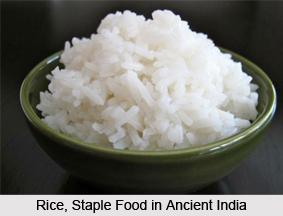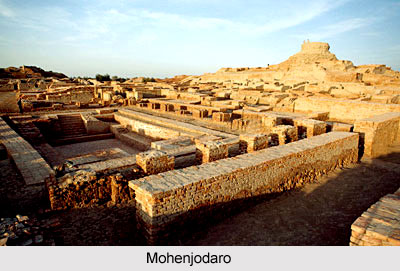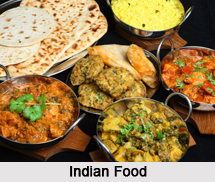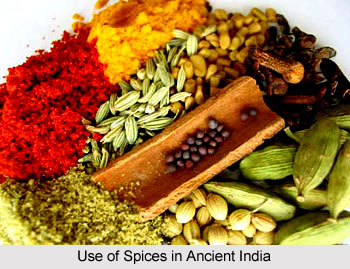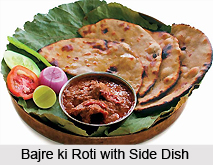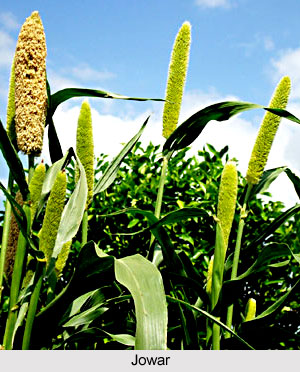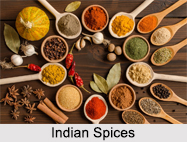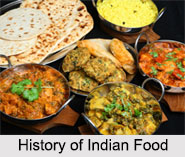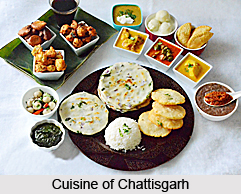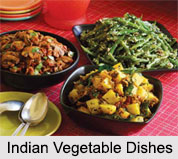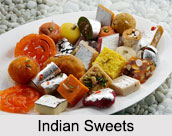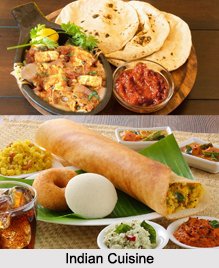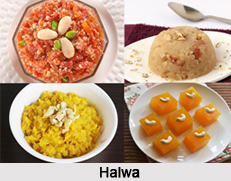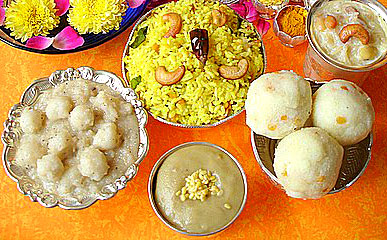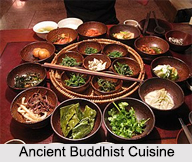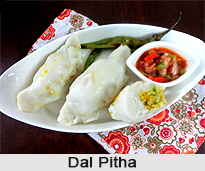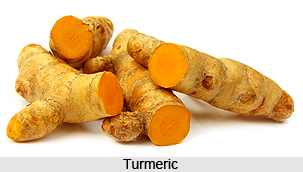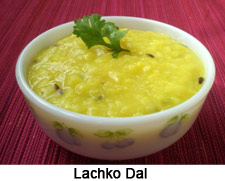 Lachko Dal is a plain, thick dal which is one of the easiest dishes to make in Indian cuisine. It is delicious and nutritious at the same time. Since this dal is made entirely without any hot spices, this is usually one of the earliest baby foods. Lachko is a feel-good dish in every respect and usually features along with "osaman" in a Gujarati menu. This sweet and thick yellow dal is generally served with rice as well as oodles of ghee to add to the aroma and flavour. As such, the aroma of this dal served on hot rice with ghee is always a classic combination in Gujarati cuisine. The Lachko dal and rice combo is similar to the Maharashtrian "Varan Bhaat".
Lachko Dal is a plain, thick dal which is one of the easiest dishes to make in Indian cuisine. It is delicious and nutritious at the same time. Since this dal is made entirely without any hot spices, this is usually one of the earliest baby foods. Lachko is a feel-good dish in every respect and usually features along with "osaman" in a Gujarati menu. This sweet and thick yellow dal is generally served with rice as well as oodles of ghee to add to the aroma and flavour. As such, the aroma of this dal served on hot rice with ghee is always a classic combination in Gujarati cuisine. The Lachko dal and rice combo is similar to the Maharashtrian "Varan Bhaat".
Ingredients
•Tuvar dal - 1 cup
•Ghee - 1 tbsp
•Cumin seeds - 1/2 tsp
•Turmeric powder - 1/2 tsp
•Jaggery - 1 tbsp, grated
•Salt to taste
•Water - 2 cups
Method:
1. Combine the dal with 2 cups of water, turmeric powder and pressure cook for 2 to 3 whistles. Keep aside.
2. Heat the ghee in a deep pan and add the cumin seeds.
3. When the seeds crackle, add the dal, jaggery and salt, mix well and simmer for 8 to 10 minutes or till the dal thickens, while stirring occasionally.
4. Serve hot with "Rice" and Ghee.
This article is a stub. You can enrich by adding more information to it. Send your Write Up to content@indianetzone.com

